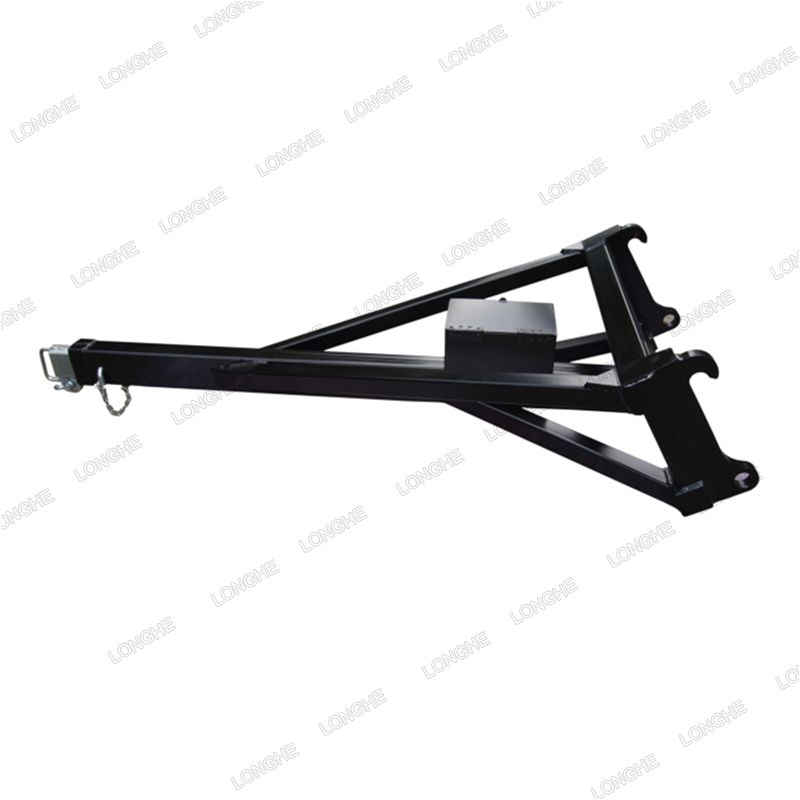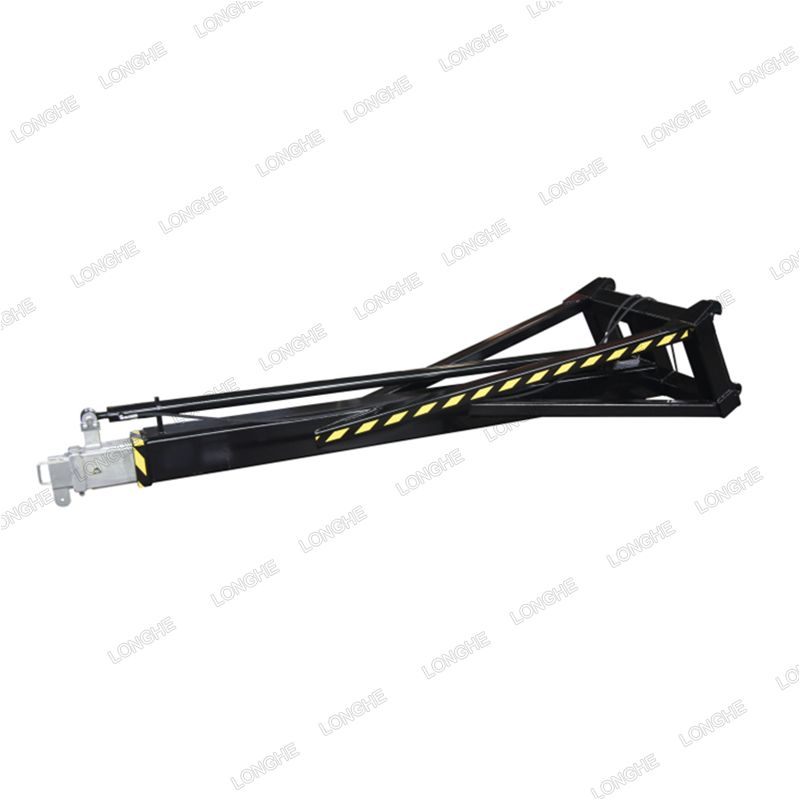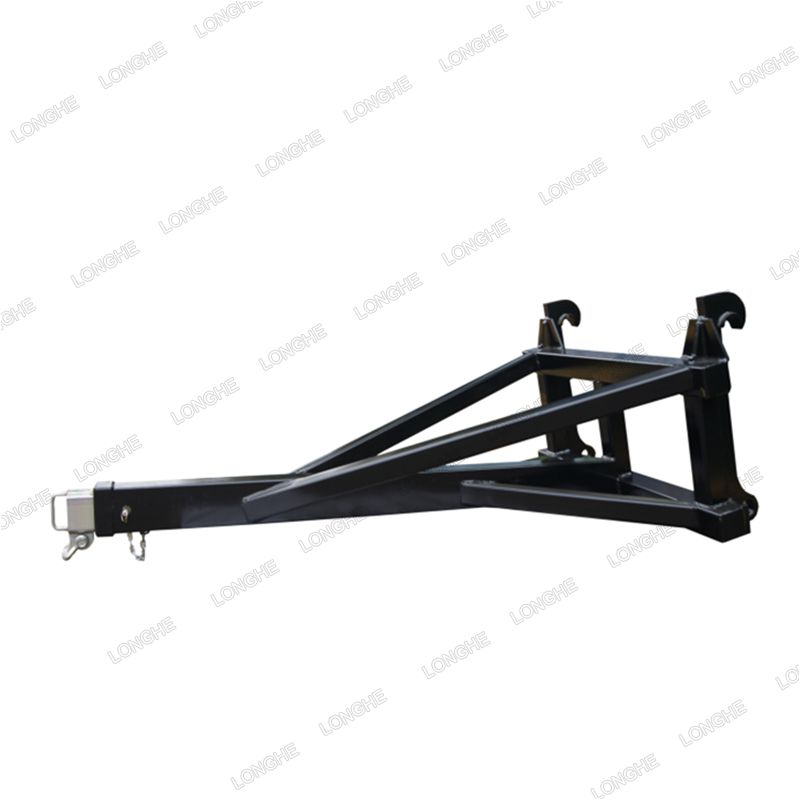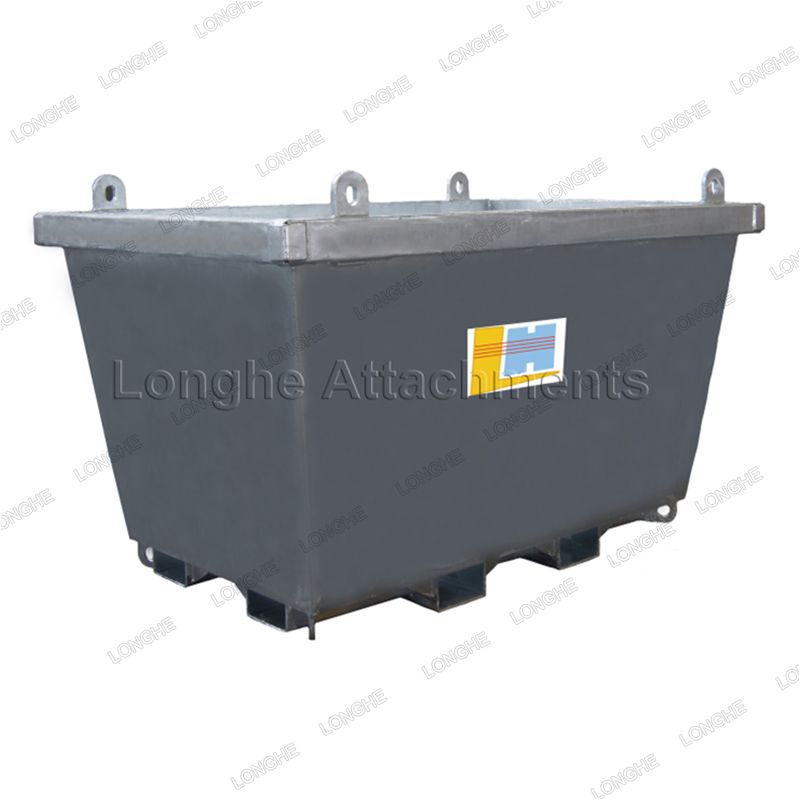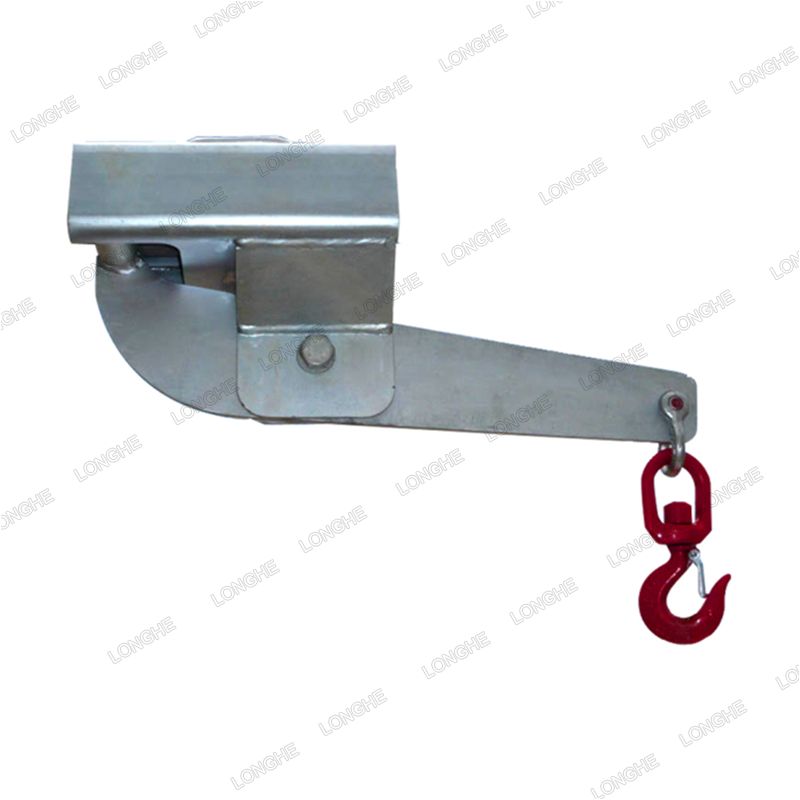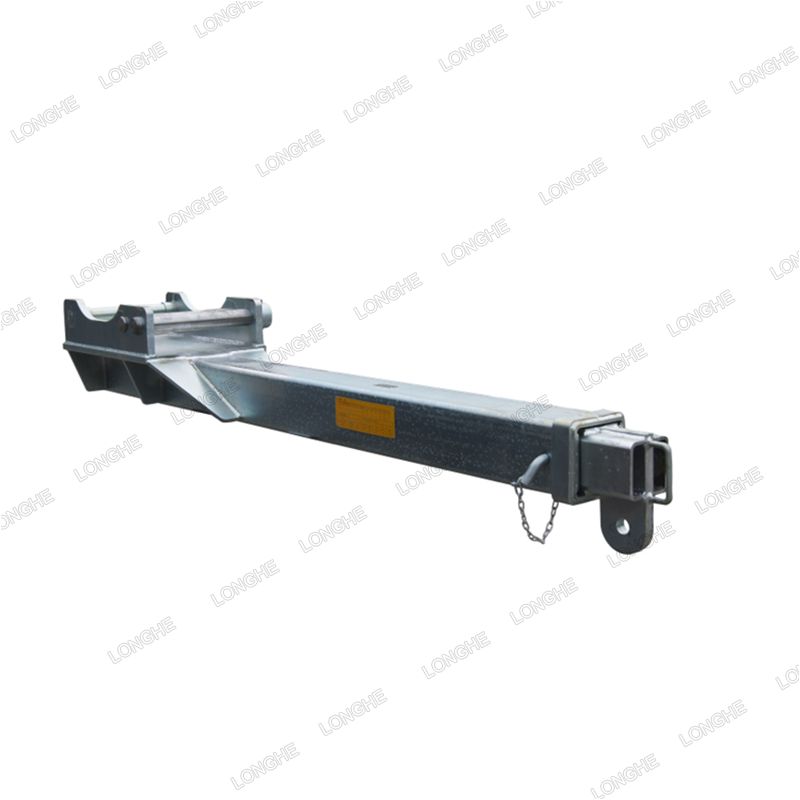Crane Jib Definition
What is a Crane Jib? It is a crane with a horizontal member, commonly known as the jib or boom. A jib is an operating arm that extends horizontally from the crane. The role of the jib is to support a movable hoist fixed to either a wall or pillar mounted on the floor. It is mostly used in industrial premises.
The jib typically swings through an arc or is fixed to provide additional lateral movement. On the crane, the jib is a tilted strut that supports the fixed pulley block.
Sometimes, cranes are installed on warehouse floors to lift goods to higher levels. Cables are attached to the load, wrapped several times around a fixed block, and directly connected to the load. The other end of the cable is pulled manually or using a winding device.
The pulley system amplifies the force applied to the load. The force is multiplied by the amount of cable length passing between the blocks, resulting in a mechanical advantage.
In simpler terms, jib cranes are overhead lifting devices primarily utilized in small work cell areas for consistent and specific lifting tasks.
Understanding the design of a jib crane is essential. Unlike other crane types such as workstation, bridge, and gantry cranes, jib cranes feature a fundamental construction design. They are simpler to operate and require minimal maintenance.
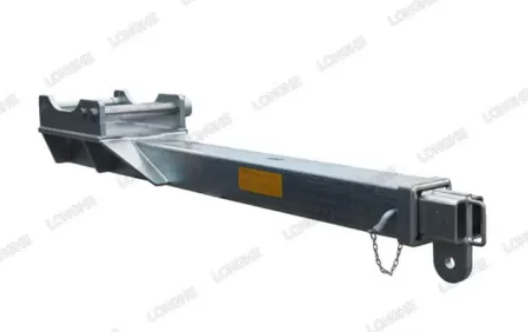
Crane Jib Designs
Crane Jib consist of the following components and specifications:
1. Reach/Boom: This horizontal beam, also known as the boom, moves back and forth on the trolley. In freestanding and mast jib crane designs, the boom can rotate up to 360 degrees, while wall or column-mounted cranes typically offer 180 to 200 degrees of rotation.
2. Mast/Pillar: The mast is a vertical beam that supports the boom in mast or freestanding systems.
3. Hoist: The hoist is a movable part responsible for lifting, positioning, and lowering loads.
4. Trolley: The trolley carries the hoist, wires, wire rope, chains, and hook on the boom. Its movement can be manual, mechanized, or pneumatic.
5. Electric Collector Rings/Pneumatic Airlines: These components, located at the top or bottom of the mast, assist in rotation and enable continuous 360-degree rotation of the boom.
6. Control Buttons: Motorized or air-powered jib systems utilize push-button control systems to manage boom rotation, trolley motion, and hoist lifting and lowering movements. Multi-speed control buttons are often present for hoist and trolley operations.
7. Hook Height: This determines the maximum height to which the lift can go, depending on overhead obstructions.
8. Rotation Stop: This element of the crane limits its motion to prevent collisions with nearby objects.
Types of Jib Cranes
There are five main types of jib cranes:
1. Articulating:
- An articulating jib crane features one boom and two swivel arms, allowing it to reach under and into machinery and containers.
- One arm allows for 200 degrees of rotation, while the other offers 360 degrees.
- These cranes can accommodate spans of up to 16 inches, with capacities up to 1 ton.
- They are suitable for light tasks and can be wall-mounted, ceiling-mounted, or part of a bridge system.
2. Freestanding:
- The most common type, freestanding jib cranes can be installed anywhere, indoors or outdoors, as they are portable.
- They can be used under large bridge crane systems or in small work cells.
- Freestanding cranes can handle spans of up to 50 inches, with capacities up to 15 tons.
- They offer 360-degree rotation and boom heights of up to 40 inches.
- Subcategories include base-plate mounted, foundation-mounted, and sleeve-insert mounted freestanding cranes.
3. Foundationless:
- These jib cranes are mounted on a slab and bolted to 6-inch reinforced concrete, requiring no unique foundation.
- Suitable for indoor use, they can be installed anywhere and are highly portable.
- Foundationless jib cranes can handle spans of 9 to 16 inches, with weight capacities up to 1000 pounds.
- They offer 360-degree rotation and boom heights of up to 20 inches.
- Easy to install, cost-efficient, and portable.
4. Mast Type Jib Cranes:
Mast type jib cranes are cost-effective solutions that do not require a specific foundation. They only need 6 inches of reinforced concrete for support, with additional support provided by an overhead structure or beam.
These cranes can accommodate spans ranging from 10 to 40 inches, with weight capacities up to 40 tons. They offer 360-degree rotation and 40 inches of boom rotation. Mast type jib cranes can be further categorized based on their forms of overhead obstruction.
5. Wall-Mounted:
Wall-mounted cranes are easy to install and do not require a foundation. They can be used in individual bays, on walls, building support columns, or as a supplement to overhead bridge cranes. However, they have a limitation on rotation, typically not exceeding 200 degrees.




